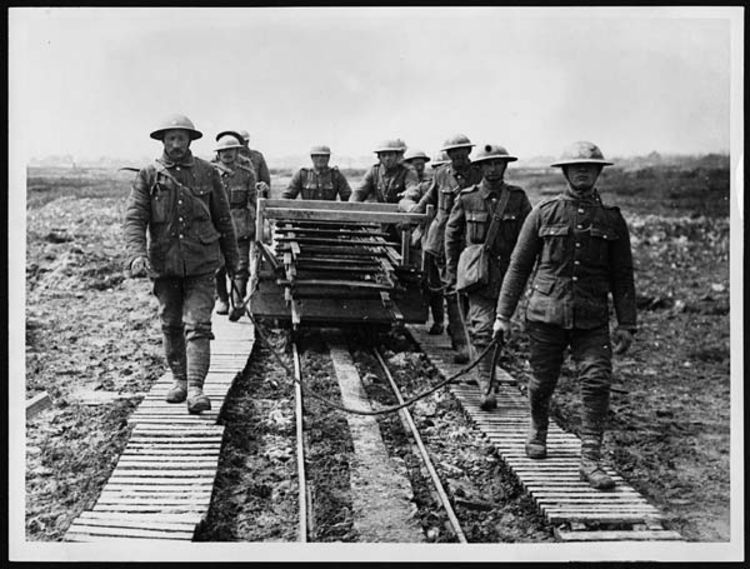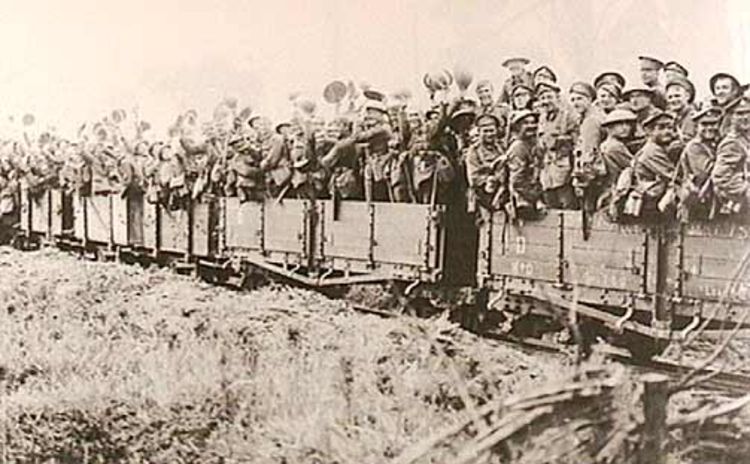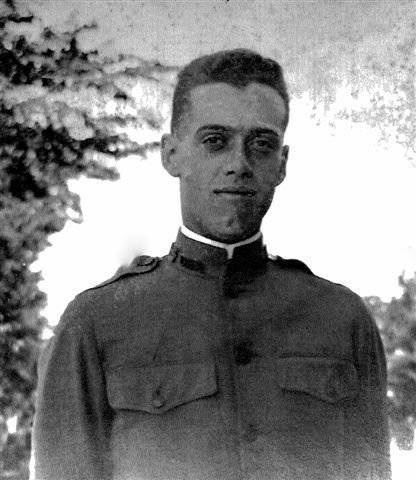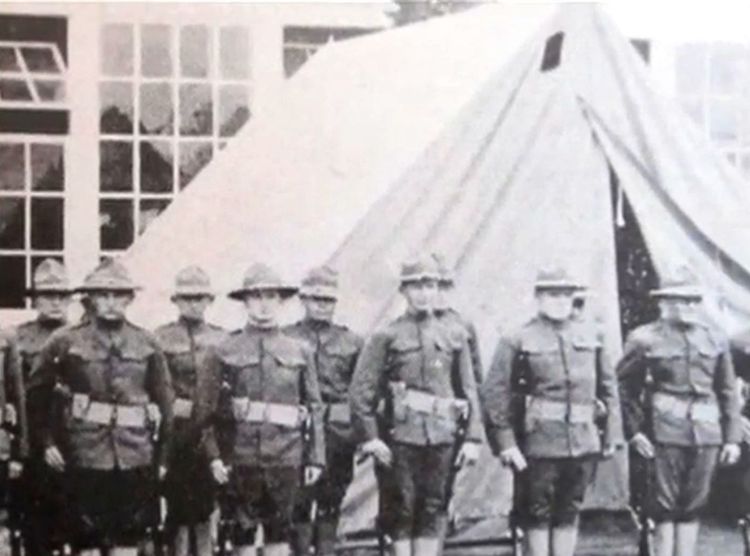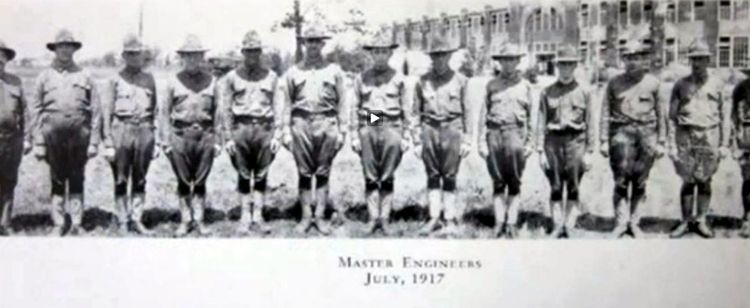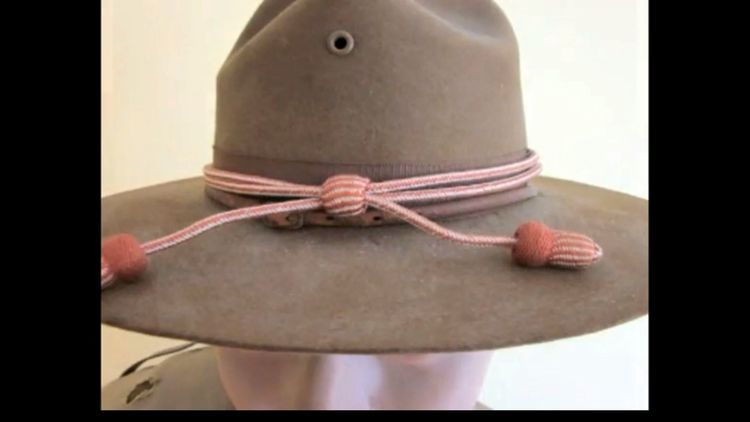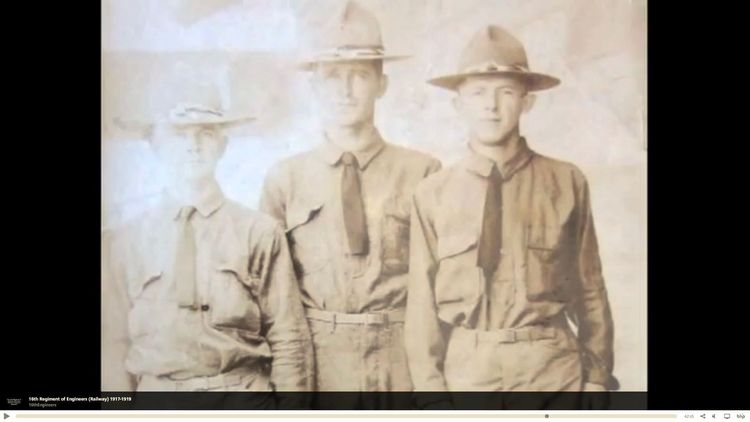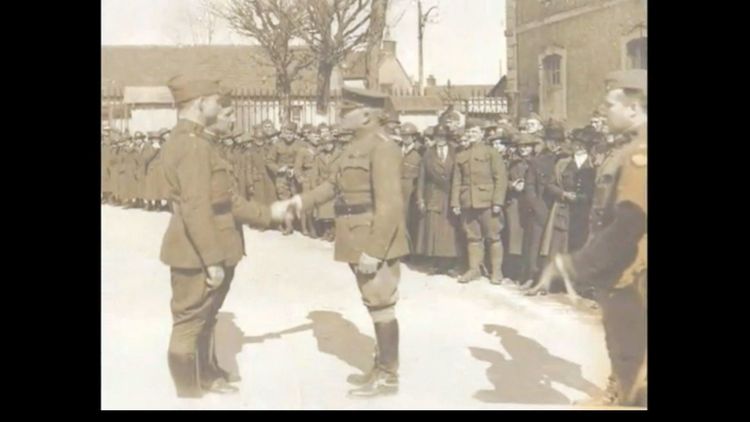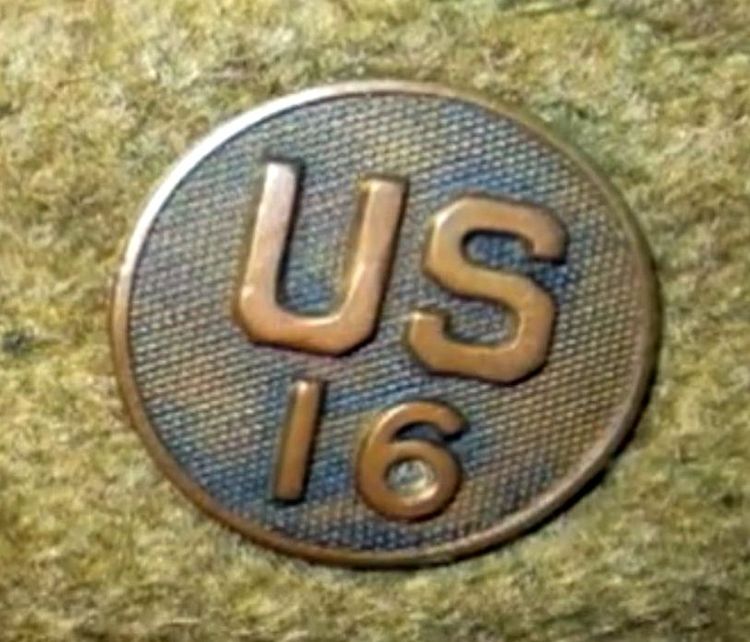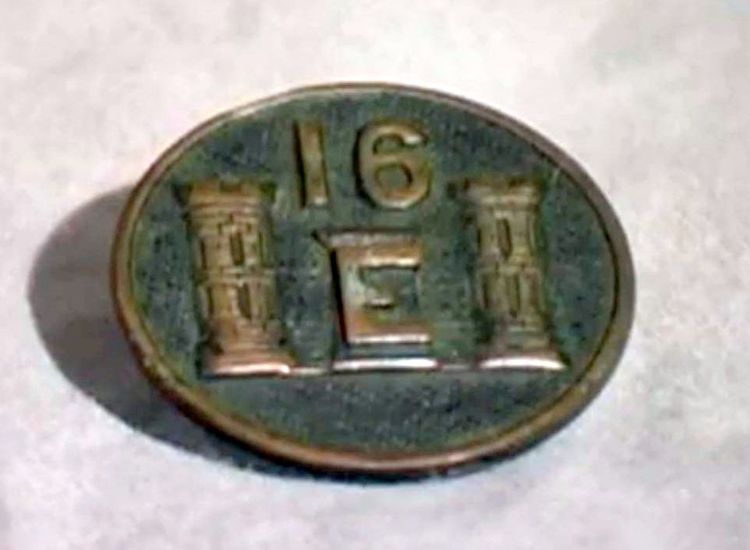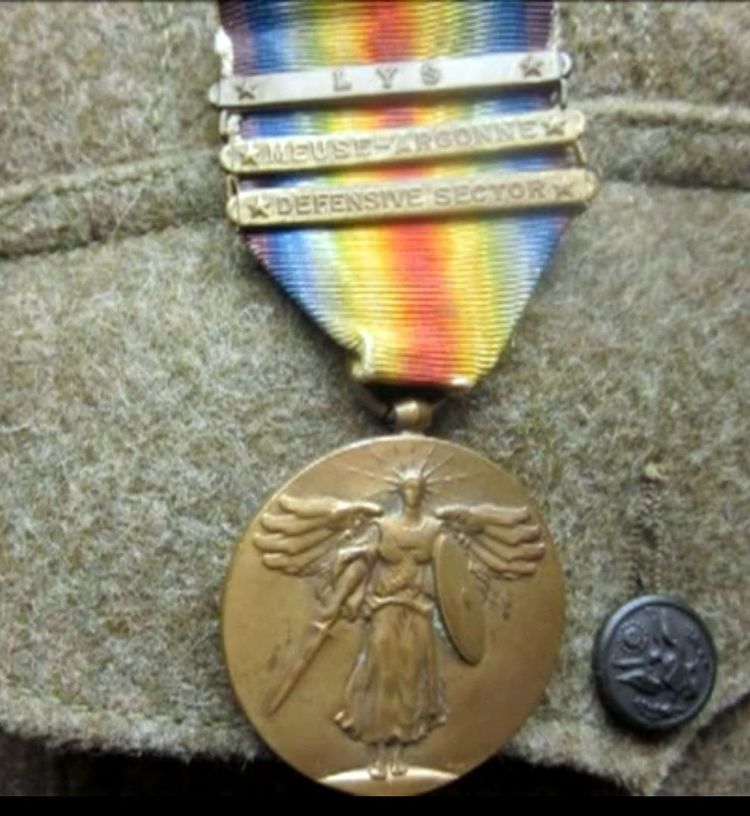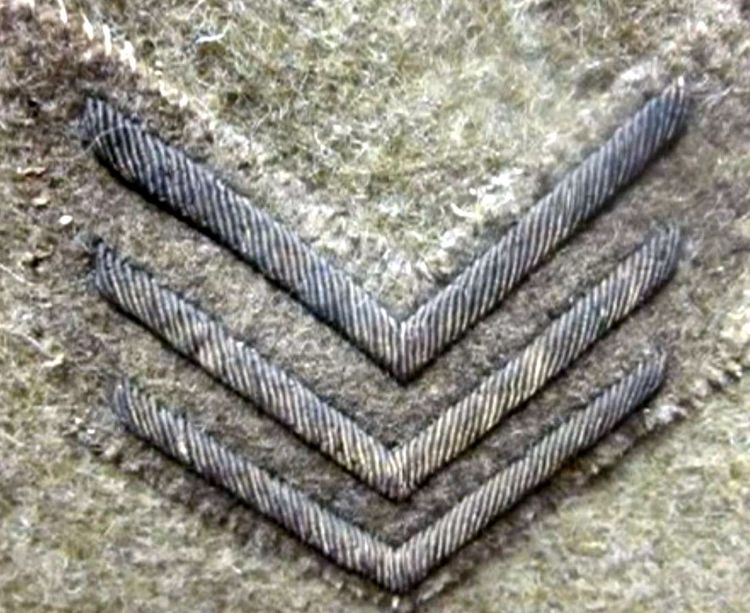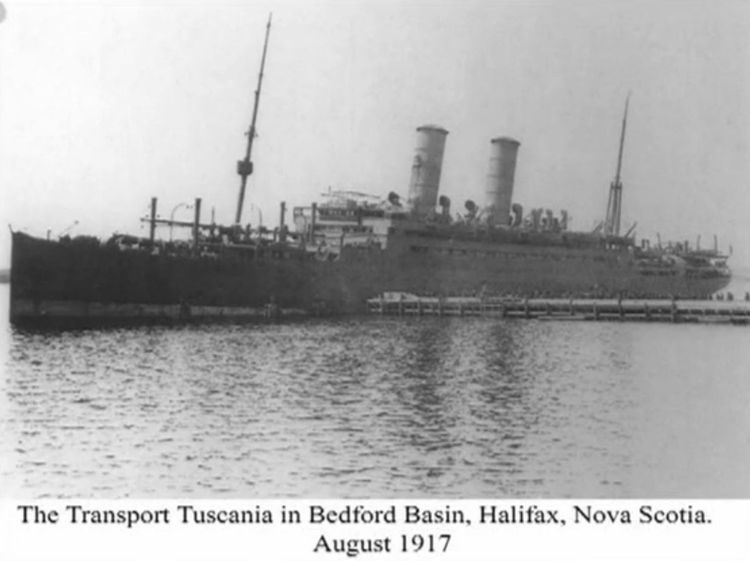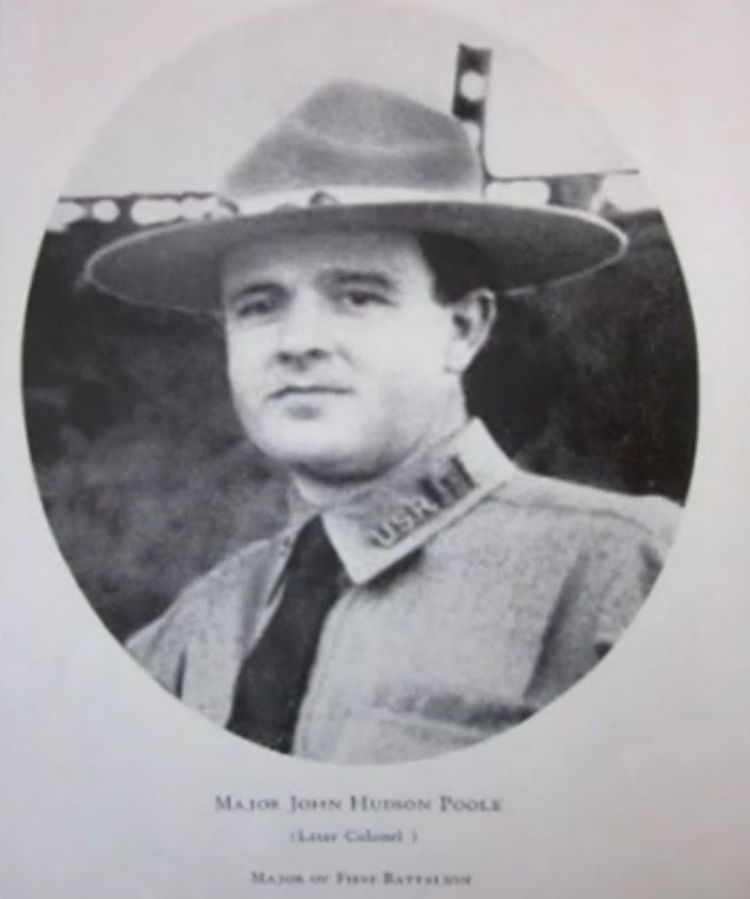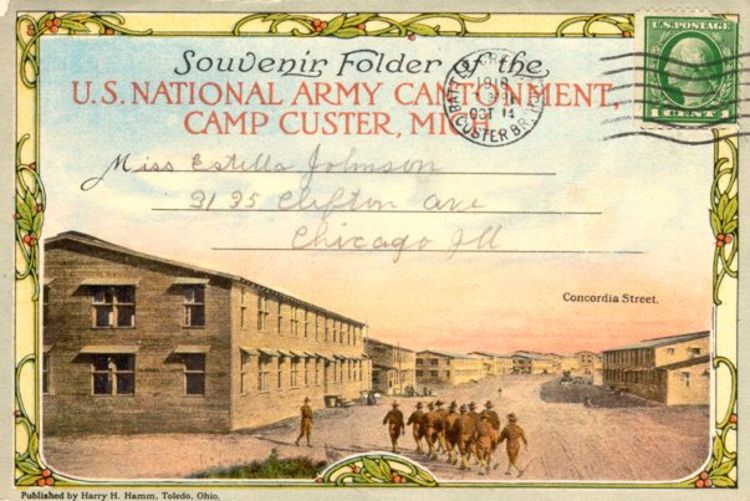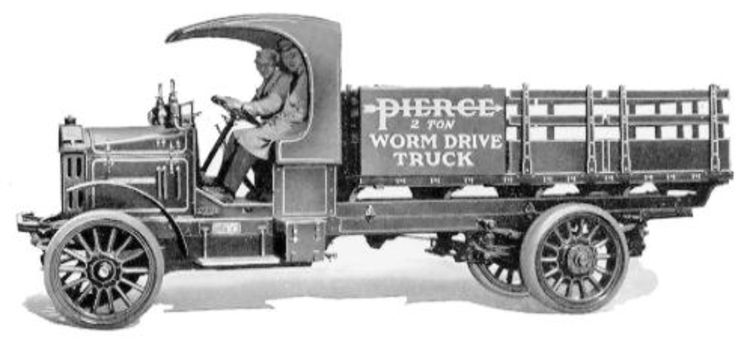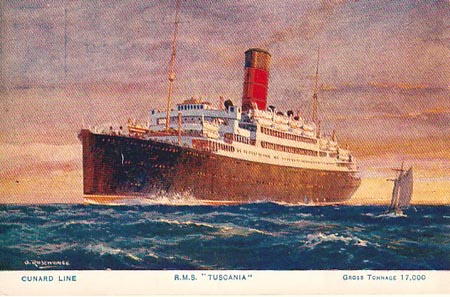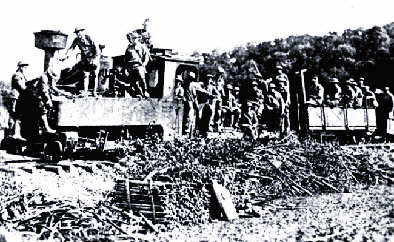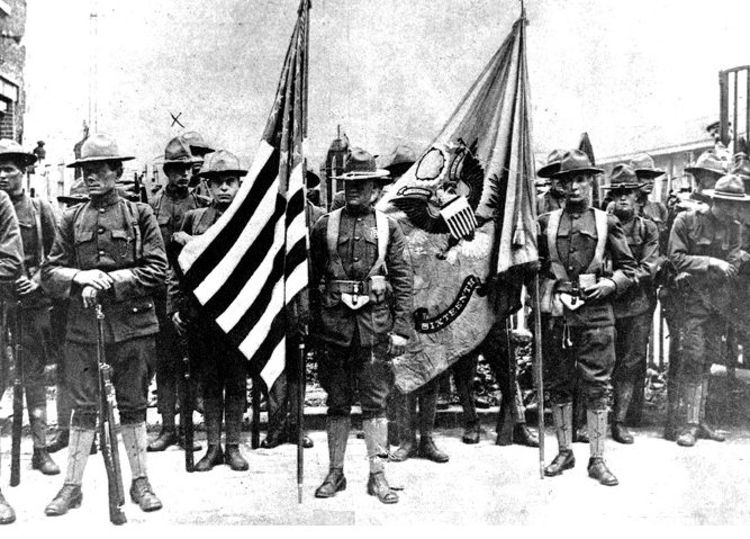- U bent hier: Home
- Hammond
- Het privéleven van Laurens Hammond In Millitaire Dienst
Laurens Hammond's diensttijd
Hoewel Laurens Hammond absoluut niet militairistisch was ingesteld vond hij het toch zijn taak om in dienst te gaan, omdat er naar zijn mening dan een grotere kans was voor democratie, hetgeen hij erg belangrijk achtte.
Dus trad hij aan bij het 16th Regiment of Engineers (Railway).
Dit enorme regiment met in totaal 27.000 manschappen was opgericht om in Europa en met name in Frankrijk, de verwoeste treinrails te herstellen, treinbruggen te repareren en nieuwe trajecten te ontwerpen en aan te leggen, ondersteund door Duitse krijgsgevangenen. Omdat hij een hogere universitaire opleiding had genoten verkreeg Laurens Hammond direct de rang van kapitein.
Er zijn door dit corps ware huzarenstukken verricht, o.a. door het gebruik van prefab elementen. Dat zijn voorgemonteerde smalspoor elementen, die naar de werkplekken werden aangelegd om manschappen en onderdelen te vervoeren. Ze noemden het systeem "Lightrail".
Deze manier van werken bleek een gouden vondst te zijn.
Hier Laurens Hammond in uniform:
Bijzonder was dat officieren hun eigen uniform moesten aanschaffen.
De hoed met het rood-witte officiers-lint.
Hammond tussen twee collega's:
Hier krijgt hij de gelegenheid een generaal te begroeten.
Hieronder de versierselen van "Het 16e".
Deze medaille verkreeg Laurens, omdat hij de volledige oorlog (1917-1919) gediend had.
De onderscheidingsversierselen van kapitein.
Na een flinke training werd de nieuwe lichtingen verscheept.
Ze waren zeer bedreven om ter plaatse in Frankrijk in korte tijd gebouwen en woonverblijven uit de grond te stampen.
Omdat Laurens Hammond altijd interesse heeft gehouden in het leger, zou hij hiervoor later in zijn leven nog vele uitvindingen doen zoals een Gyroscoop, Infra-roodzoekers, op afstand bestuurbare vliegtuigen, torpedo's en raketten. Uiteraard valt daaronder ook het latere Hammond Orgel Model G speciaal gemaakt voor het leger.
Tijdens deze diensttijd, werkte Laurens samen met Majoor John Hudson Poole, welke aandelen had in de Gray-Motor Company en hem na de oorlog een leuke baan aanbood, waarover hier een zeer interressant verslag te lezen is.
Tot slot een interessant (Engels) verhaal over het "16e":
16th Regiment of Engineers (Railway)
Detroit's Forgotten Regiment
Michigan's only All Volunteer Regiment
At 7:00pm on May 5th 1919, the 16th Regiment Engineers (Railway) arrived at the Michigan Central Station in Detroit, Michigan. On the platform, parties of friends, neighbors and relatives were there even before the train stopped. Detroit's own were finally home after almost two years of service overseas. The troops were allowed to go home for the evening but had to report back early the next morning. The 660 troops and 27 officers assembled at Roosevelt Park facing the train depot about 9am. Then, Honorary Colonel William P. Livingstone, his wife and Mrs R. H. Strohmer, of the Women's Club of the Service Flag presented the Regiment's commanding Officer Harry Burgess with an American flag. The 16th Regiment Engineers (Railway) then paraded through the streets of Detroit to cheering crowds. The Regiment's parade route was: Michigan Ave. to Woodward Ave then around Grand Circus Park exiting on Washington Blvd. then back to Michigan Ave and finally back to the train depot. At Noon, the 16th Regiment (Railway) Engineers left for Camp Custer to be Discharged.
The 16th Regiment of Engineers (Railway) was one of Detroit's most active group of Great War veterans until the mid 1970's when time finally took its toll of its membership. Because the regiment's soldiers (who were skilled tradesmen) were about 10 to 15 years older than the average soldier in the American Expeditionary Force (AEF) their Veterans group became inactive long before most. Since then, Detroit has forgotten it's Great War Regiment. The only traces of the 16th Regiment Engineers (Railway) in Detroit are; a plaque on the Veteran's Memorial at the corner of Woodward Ave and State Fair Ave.
a copy of a book at the Detroit Public Library on Woodward Ave titled "Company E, 16th Engineers (Railway)" Published somewhere in France 1919, which was not on the shelves but stored in the underground vaults, the old School-Work Building (Whitehall Building) at the Michigan State Fairgrounds and two Detroit News photos of the 16th Engineers from May 6th 1919 on the website of Wayne State University. In fact, even the Honorary Colonel William P. Livingstone, who has the only marble lighthouse on the North American Continent (on Belle Isle in the Detroit River) has nothing about his association with the 16th Regiment Engineers (Railway) on his memorial lighthouse.
The Regiment, was first known as the 6th Regiment of Reserve Engineers under the National Defense Act of 1916. Lt. Col. Harry Burgess, District Engineer of the Great Lakes region was stationed in Detroit at the time, was responsible for raising and training the regiment. He started in early March 1917 recruiting military officers and railroad experts for service along the Mexican Border or maybe for a war in Europe. In April 1917, War with Germany was declared and the War Department wanted Engineer Regiments for immediate service overseas in France to build the rail lines need for the American Expeditionary Force. In May, advertisements in the local newspapers for skilled tradesmen appeared, applicants were selected and told they would be contacted when needed. The Old Customer House at the corner of Griswold and Larned Streets served as the Regimental Headquarters until the unit reported to the Michigan State Fairgrounds. In late May, troops started to arrive at the Michigan State Fairgrounds at Woodward Ave and Eight Road in Detroit. Most recruits took the street car's of the Detroit United Railway (The fare was a nickle, hence street car personnel in the regiment were called nickle-snatchers) up Woodard Ave and departed at the Fair Grounds buildings which were used to process in the new soldiers. The early soldiers were lucky because they would get most of their army clothing but a lot perform drills in their civilian clothes until late June when more supplies finally came in. America had the man power but did not have the military resources to equip its soldiers in 1917. The Regiments equipment was odds and ends from the Civil War up through the Spanish-American War. In fact, several soldiers went to France in civilian pants or shirts. The rifles issued after June 26th were Spanish-American War Krag-Jorgensons.
This permitted the regiment to train in the manual of arms and hike out Seven Mile Road in Full Marching Order. On July 13 1917, The Regiment was renamed the 16th Regiment Of Engineers (Railway).
At the Fairgrounds, the men were housed in the Automobile Building (120x400 ft) the main barracks, the Administration Building was used as the Officers' Headquarters and the Aladdin Building was used has the Regimental Headquarters.The Detroit United Railway Building was used as the Quartermasters' Depot and the School-Work Building became the Kitchen and Mess Hall. The School-Work Building is the only building that is left standing but it was renamed the Whitehall Building. While at the Fairgrounds, the regiment conducted intensive training so that the soldiers could be comparable to regulars troops when they arrived in France. The training consisted of daily Full Marching Order hikes out Seven Mile road and manual of arms training during the July heat of Michigan. The only break came when the the regiment searched for an escape murderer in Oakland County one day in July. While the recruits and company level officers were training to become soldiers, Lt. Col. Harry Burgess and his staff were busy getting the regiment ready for France. The Supply Department was gather motorized equipment required for active service. This consisted of 11 right-hand drive Pierce-Arrow two-ton trucks,
7 Indian motorcycles with side cars and 3 Dodge passenger cars. The selection of non-commissioned officers for the grade of Master Engineer was being processed by Lt. Col. George H. Webb (former Chief Engineer of the Michigan Central R. R.) and his officer board. The thoroughness of the selection process was demonstrated by all of the names being send for confirmation to the Chief of Engineers, U. S. Army, not one was demoted from the rank of Master Engineer. In fact, many would latter become officers in the regiment. The staff also had to process Army paper work so that soldiers could receive permanent rank instead of being "acting" commission or non-commission officers. The regiment did have social events which made "Army Life" more bearable. On Sundays, friends, visitors and relatives could walk around the Fair Grounds and see the troops and passes were usually available evenings and Sundays. Honorary Col. William P. Livingstone (President of the Lake Carriers Association from 1902 to 1925) and one of Detroit's leading citizens made a large cash contribution to the Regimental Fund along with Mrs. John H. Poole. This permitted the Regiment to establish a canteen which included a reading room, baseball equipment, a phonograph and regimental stationary. Major John H. Poole's had the duty of serving as Summary Court Officer. Basically, he dealt with those soldiers who were A.W.O.L. (absent without leave) or drunk. His rule regarding drunkenness was " if a soldier doesn't know his own name, and cannot stand without support, he should be judged drunk". A Regimental Guardhouse was established but the aim was not to keep it populated. The Medical Detachment had its hand full inspecting sanitary conditions, giving inoculations, and keeping the soldiers healthy while training. After the first "cootie" was found in June, the medical staff was able to have a company size (160 men) shower built to prevent spread of this and other sanitary problems.
On July 23, 1917, the Regiment was ordered to proceed to New York for duty in France as soon as possible. It wasn't until Sunday July 29th, which was a rainy evening that the 16th left from the railroad siding at the Michigan State Fair Grounds, finally, they were going overseas. The train left Detroit with 1,194 men including 41 Officers, a more cosmopolitan group could not be found. Even though over 70 percent of the soldiers of the 16th lived now Detroit, they came from over 29 states and several European country's. Detroit at the time was the technological center of the United States due to the emerging auto industry.
The Cunard Liner Tuscania at pier 54 in New York finally left at sunset on August 1st carrying the 16th Engineers to England.
The trip was uneventful until the liner ran aground on a shoal in Halifax, Nova Scotia during a dense fog. This meant that the Regiment was held up in Nova Scotia while the Tuscania was repaired. This took nine days to complete so the officers and the men of the 16th marched all over the suburbs of Halifax to keep in shape. Finally, on August 13, the Tuscania and the 16th Engineers left Nova Scotia in a convoy and arrived in Liverpool England on August 23rd. They took a train to Camp Borden where they marched in review for King George V and Queen Mary. Then the Regiment was ferried across the channel to France, arriving on August 27, 1917. Traveling by train from the coast, the 16th arrive at their first destination, Til-Chatel, France.
Til-Chantel was a little town with cobble stone streets, a medieval castle and curious French residents who never saw an American before. The men of the 16th accepted the duty of educating the French, First they taught them to accept United Cigar coupons (worthless) for American cash then, they realized that the French did not know their own language so they tried to tech them. They also showed them how Americans drank good Burgundy and Cognac. The French also made beer but the 16th reported it as being bad tasting. September 1917 in France was one of the best months for the 16th, they had little to do and Dijon was only 18 miles away.
The 16th along with the eight other Engineer Regiments in France were there to build the infrastructure needed for the AEF. In September, the 16th got to work in Dijon remodeling a stone building to serve as a Base Hospital and building another to be the American Army bakery. These jobs included extensive carpenter work, plumbing, sewer connections, brick laying and other building trades. Even though they were a Railway unit, they still had qualified people to lead these projects. Another job was undertaken by Captain Til Huston and half of A Company at Chaumont, getting Base Hospital # 15 ready for American Soldiers by equipping it with additional mess facilities, a receiving station for the wounded. toilet seats (which the French could not get use to) and modern sewage disposal system.
De boys op een in beslaggenomen Duitse locomotief
Later in September the regiment's main job was the construction of the advance depot and regulating station at Is-sur-Tille. Included in this project were the relocation of a mile of main line of a French railroad: receiving and classification yards: truckage for warehouses and open storage:water supply system; a permanent camp for 5,000 men, an amusement hall; a balloon shed and other buildings needed for the camp.The 16th laid over hundred miles of track, built a million square feet of storage and excavated (mostly by hand drilling) 100,000 cubic yards of earth. Lt. Col. George Webb was in charge of planning the engineering projects and Major Sam Robertson was in charge of building the projects.
The Regiment joined the British during March 1918 after the Germans launched their offensive to end the war before the Americans came over. The 16th constructed mostly narrow gauge railway line so the British 1st Army could supply their new front lines. This job was suppose to take four weeks but the 16th had trains running by day 16. The 16th was then assigned to the British 3rd Army near Amiens for the purpose of constructing double track lines for the standard gauge railway which was the principle supply route. During this project, the 16th had labor battalions of East India, Portugese, Chinese Coolies and German prisoners to do the heavy work. Part of this main line of track was cut through chalk so the German bombers had an excellent target at night. This was when the regiment suffered the most casualties from the Germans.
Shortly after the middle of June 1918, the 16th Engineers were sent to Nevers, France to work on one of their most important projects of the war. The Nevers Cutoff was designed to allow the American supply trains to miss the bottle neck caused by the French supply trains going through the Paris area. The job included extensive cuts and fills, an over head crossing of a double track railroad and a 2,000 foot bridge over the Loire River. While the main effort of the regiment was the Nevers Cutoff, some side projects during this period were constructing 3 Base Hospitals wit water and sewage systems, a large engine terminal at Marcy and the modernization of a French railroad shop.
In the middle of October 1918, the 16th Engineers moved to the Meuse-Argonne region to support the offensive. Their job was to repair the main supply line between Verdun and Dan-sur-Meuse during the offensive. After the Armistice, the 16th continued to repair railroads and even crewed trains that ran from Verdun to Conflans, France. Eventually, their work was over and they returned to home.
Paris, 4 July 1917.
The 16th Regiment of Engineers (Railway) was organized, mobilized and trained in the city limits of Detroit, Michigan. They were some of the best skilled trades men in America at the time and were lead by some of the best officers. For example, Col. Harry Burgess, the commanding officer, was a West Point graduate and he became Governor of the U.S. Panama Canal Zone in 1928.
I am using the final rank the following men attained in the U. S. Army.
Brigadier General Raymond F. Fowler another West Point Graduate, became Asst. Chief of Engineers for Supply during WW2 for the U. S. Army.
Colonel George Webb was the Chief Engineer of the Michigan Central Railroad before and after the Great War. He was later responsible for most of the construction of the Canadian Rail network.
Colonel Sam A. Robertson in 1916 he served as a scout for Gen. Pershing's army when it went into Mexico in pursuit of Pancho Villa. On this assignment he was captured, dragged behind a horse, beaten, and left for dead. After recovering, he joined the United States Army, in 1917; he organized and commanded the Sixteenth Engineers, one of the first regiments to go to France. As a lieutenant colonel in 1918, he commanded the Twenty-second Engineers and was promoted to full colonel before his discharge in 1919. He was repeatedly cited for competence in building light rail lines to the front trenches under shell fire. After receiving the Distinguished Service Medal he remained in Europe to rebuild Germany's railway system.
Colonel Tillinghast L'Hommedieu Huston was a co-owner of the New York Yankees from 1915 to 1922. served as an officer in the Spanish-American War. He was credited with making major league baseball especially the Yankees, in to a profitable industry instead of a game.

